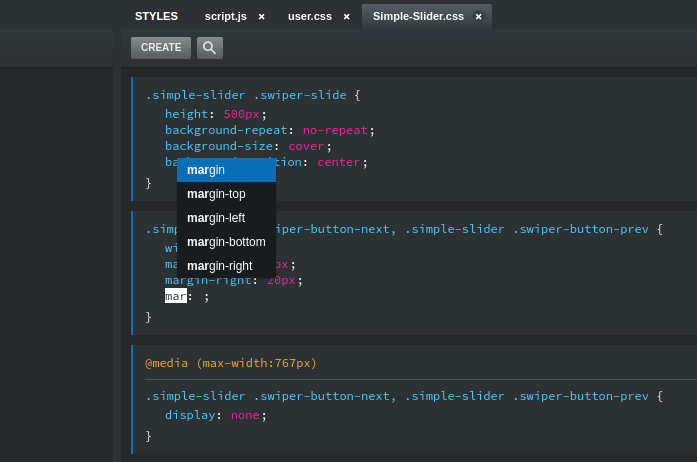


And if you want those targets to exist, you have to create the pages at the URLs they point to. For example, if you wanted to add a link to Yahoo, you'd enter your own HREF, like so: Yahoo However, since they are placeholders in the Bootstrap template, the idea is that you'll put in your own links as you see fit. For example, inspect the tag containing the "See Also" text here: Wikipedia uses this approach to jump to sections in an article. For example, make a longer page, and include the following tag: Here's the About ContentĬlicking the link will jump to that spot in the page. If you want to keep them the same, such as #about, you'd want to define an element in your page with that ID.


 0 kommentar(er)
0 kommentar(er)
